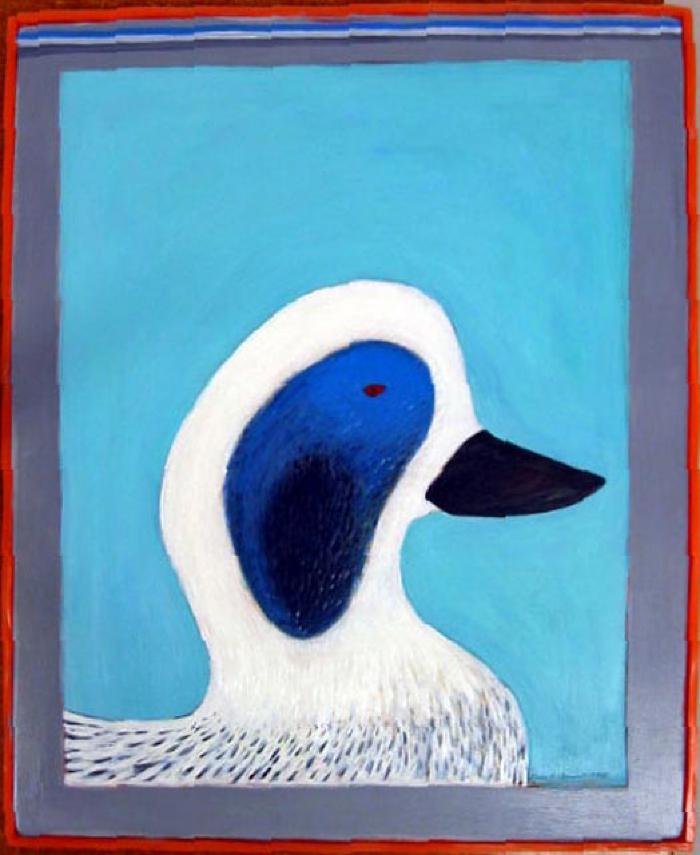Ducks — Saqul’aat

More than fifty-two species of loons, grebes, swans, geese, and ducks winter along the gulf coast of Alaska. Waterfowl begin arriving in September, flocking to protected bays and estuaries to feed on shellfish, vegetation, and insects. About two hundred thousand birds winter in the Kodiak Archipelago, many of them in the marshy environments of southwest Kodiak Island. For the Alutiiq people, waterfowl provided an important source of winter food and raw material. Men once hunted birds from kayaks with special bird darts, or on land with bows and arrows. Today, residents use shotguns, typically harvesting birds from September through March, although sporadic hunting may extend into June.
There are many ways to prepare ducks. People often clean their ducks, pluck out the feathers, and store them in the freezer for roasting, stewing, and frying. Another method is to make stinky duck. Elders recall hanging mallards in their attic or behind the stoves to ripen. When the feathers wiped off easily, they would clean the carcass and cook it.
The word for duck is a good example of regional differences in the pronunciation of Alutiiq words. Speakers from the northwestern coast of Kodiak say saqul’aat with a “sh” sound at the beginning. This is the typical pronunciation in Afognak and Ouzinkie. Along the southeastern coast, however, in the communities of Old Harbor and Akhiok, the word is pronounced with an “s” sound at the beginning.
